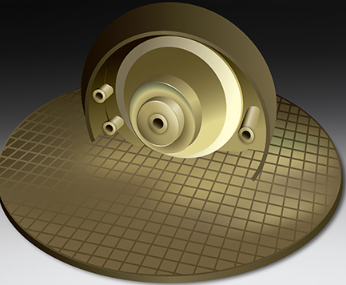Microorganisms Tested on the TSA Plate
- ameliasmith6520
- Sep 2, 2022
- 3 min read
Whether you need to perform an environmental monitoring experiment or want to test the microorganisms present in active air samples, the TSA Plate is an excellent option. These plates are supplemented with neutralizers and are ideal for recovering microorganisms from active air samples, surfaces, or personnel.
Irradiated tryptic soy agar
The Irradiated Tryptic Soy Agar for TSA plate is used in the identification and quantitation of microorganisms. This agar is produced using an irradiation method to provide higher sterility assurance. It is manufactured in a certified cGMP facility using a quality management system that meets ISO 13485 requirements.
Irradiated TSA is also useful for environmental monitoring, where it can be used to distinguish enterococci and Escherichia coli. This medium is used for screening as well as for the growth and isolation of pathogens in active air samples.
Read Also: TSA Plate
MacConkey II agar
MacConkey agar is a selective medium that supports the growth of non-fastidious Gram-negative bacteria. It contains bile salts and lactose, which are essential sources of nutrients for bacteria. It also contains neutral red dye, which turns bright red when the pH level falls below 6.8. It can be used to detect coliforms, as well as for the differentiation of lactose fermenters and non-lactose fermenters.
The medium is usually prepared from blood. It is prepared from defibrinated red blood cells. The bacteria that produce hemolysin will grow on the medium.
Mueller-Hinton agar
Mueller-Hinton agar is a standard antimicrobial susceptibility test medium for non-fastidious bacteria and facultative anaerobes. The agar is also an ideal medium for broth dilution testing. Its properties include the ability to maintain pH, cation concentration, and thymidine content. It is available from commercial suppliers and can be prepared at home by dehydrating it.
The preparation procedure for Mueller-Hinton agar is fairly straightforward. It involves dissolving 50 mg of hemin in 100 ml of NaOH and ten milliliters of distilled water. Once the agar is dissolved, the media must be autoclaved. If a growth supplement is desired, the solution can be prepared using commercially dehydrated agar. The final concentration should be 1%.

Novobiocin
Novobiocin is an antimicrobial agent that is effective against a range of pathogenic bacteria. It can be obtained from the laboratory or from the pharmacy. It is used as an inoculant for the Mueller Hinton Agar Plate. This plate can be used to screen for bacteria and identify potential infections. Novobiocin is not a substitute for standard microbiological supplies and serological and biochemical reagents.
Novobiocin is a disc-shaped antibiotic that is applied to the surface of Mueller-Hinton agar. The test organism is then heavily seeded on the Mueller-Hinton agar plate. Once the test organism grows to confluence, a disc containing novobiocin is applied to the agar surface.
Read Also: Types of Laboratories Services
Novobiocin Differentiation Disks
Novobiocin Differentiation disks are useful for the differentiation of Staphylococcus aureus (+) from other species of Staphylococcus. These disks are made of 6-mm filter paper and are printed on both sides. They should be white in color.
The novobiocin disk is a disk containing an antimicrobial compound called novobiocin, which is produced by the actinomycete Streptomyces nivens. While novobiocin was initially considered skin contamination, it is now regarded as a major uropathogen and is the second most common cause of urinary tract infections. This is largely due to the fact that it adheres to the uroepithelial cells more than other staphylococcus species.
BD RODAC(tm) agar
BD RODAC(tm) microbial agar plates feature a convex bottom and a wide edge, making them ideal for surface sampling of microbial contamination. These plates are also designed to retain the agar bed during transport.



Comments